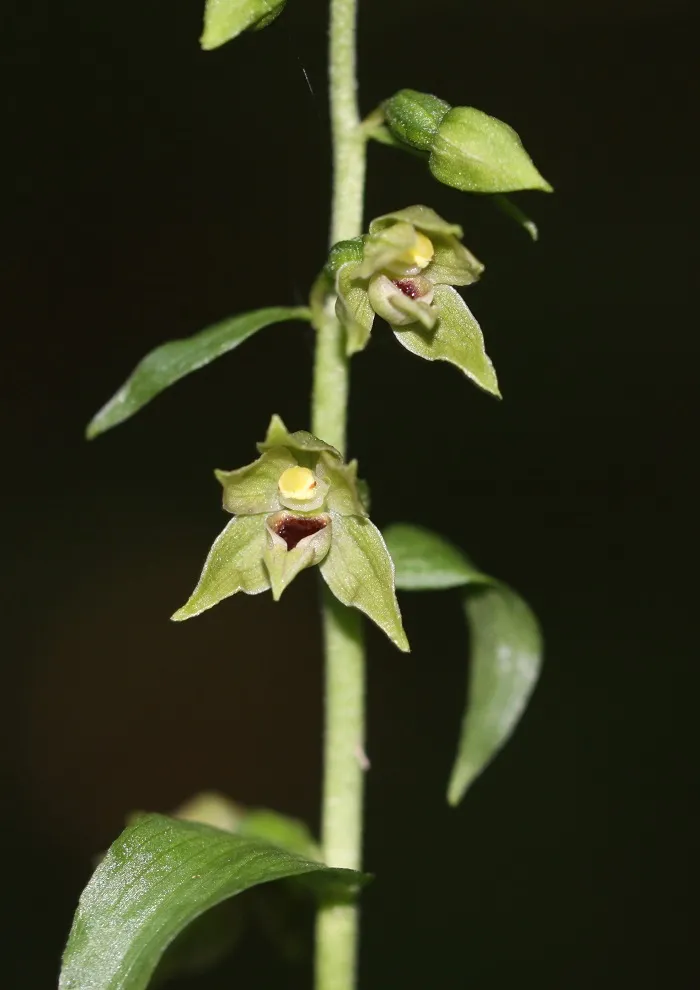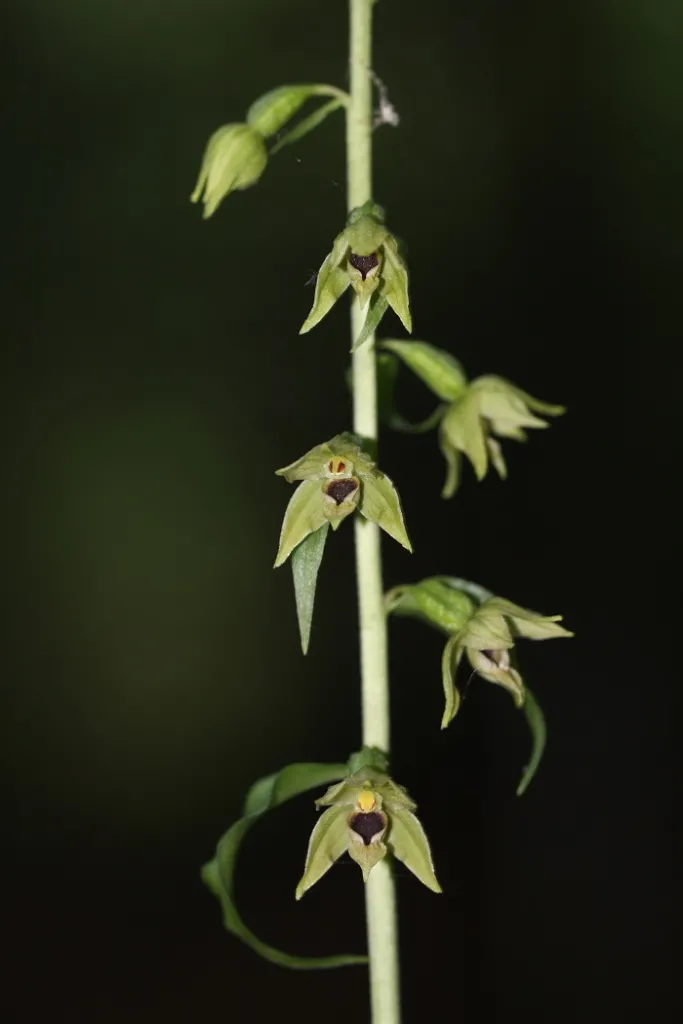
Scientists from Poland and the UK have created a proprietary mathematical model that enables scientists to analyse changes in the shape of leaves with parallel nervation.
The results of experimental studies conducted on several species of orchids of the genus Epipactis growing naturally in Poland were used to create the model.
Mathematical modelling is a technique that reflects the studied object in the form, often simplified, in which it actually occurs. The model is therefore a set of information about the properties of an object, expressed in the form of a mathematical notation, note the authors of the work, Dr. Anna Jakubska-Busse from the Faculty of Biological Sciences at the University of Wrocław and Dr. Maciej Janowicz from the Warsaw University of Life Sciences.
They add that this technique has long been used in natural sciences. Some scientists believe that the greatest advances in this area have come from careful analysis of simple models. This group also includes the outstanding theoretical physicist, Nobel laureate Albert Einstein, who used to say that "everything should be made as simple as possible, but no simpler".
As part of the cooperation between Dr. Jakubska-Busse, Dr. Jo Ashbourn from the University of Oxford (UK) and Dr. Maciej Janowicz, Dr. Luiza Ochnio and Dr. Beata Jackowska-Zduniak from the Warsaw University of Life Sciences, an original mathematical model has been developed that enables scientists to analyse changes in the shape of leaves with parallel nervation.
The shape of leaves in plants is a variable feature, but in some systematic groups, incl. orchids of the genus Epipactis, it is considered a diagnostic feature that allows be identify the species. As this identification is not always easy, scientists decided to see if it was possible to verify the determinations made by researchers using an objective tool such as a mathematical model.
The model is based on the assumption that a leaf, like any other macroscopic natural object, can be the subject of research for continuum mechanics. Thus, from the point of view of its physical properties, a leaf can be treated in the same way as, for example, a piece of paper or a piece of clothing, regardless of its morphogenesis. This type of approach to the problems of static and morphology of long leaves was proposed, among others, by Lakshminarayanan Mahadevan (Harvard University) and colleagues, who considered the leaf as a two-dimensional elastic plate, described by the so-called von Karman equations. Mahadevan's method differs from L-system (Lindenmayer systems) modelling in that it is directly related to basic physical properties of leaves, such as Young's modulus or Poisson's ratios.
The method of describing leaves is also in line with continuum mechanics. It differs from Mahadevan's approach in that it directly takes into account both the anisotropy and the heterogeneity of long leaves, especially leaves with parallel nervation. This is achieved by using a model of coupled elastic beams instead of an isotropic plate. The fact that the physical properties of the leaves along the veins are different from their 'cross' properties is built into the model from the start, which is a novel approach.
Find out more - HERE and HERE.
PAP - Science in Poland
zan/ kap/
tr. RL
Gallery (6 images)
-
 1/6Photo: press materials
1/6Photo: press materials -
 2/6Photo: press materials
2/6Photo: press materials -
 3/6Photo: press materials
3/6Photo: press materials -
 4/6Photo: press materials
4/6Photo: press materials -
 5/6Photo: press materials
5/6Photo: press materials -
 6/6Photo: press materials
6/6Photo: press materials













